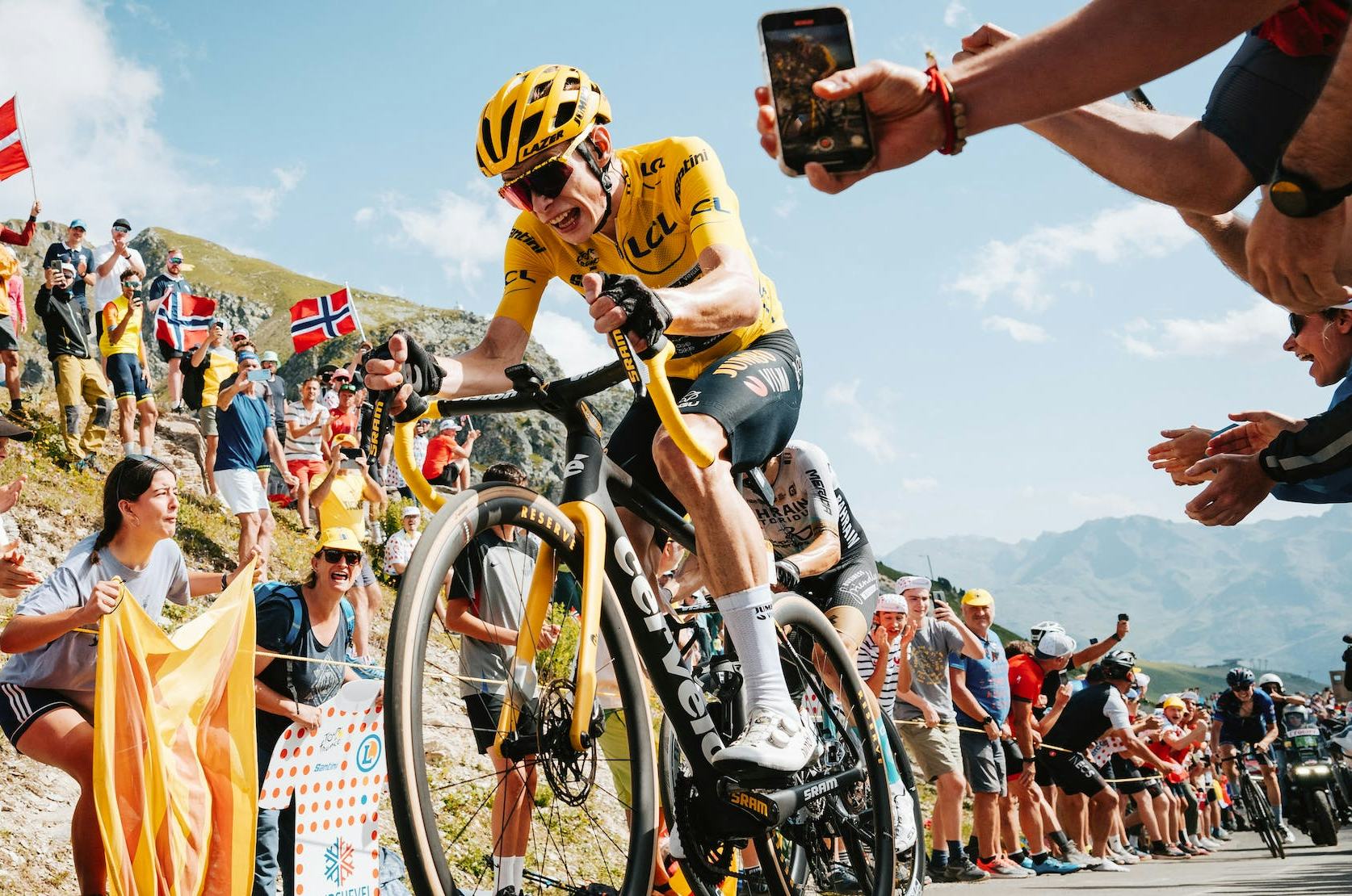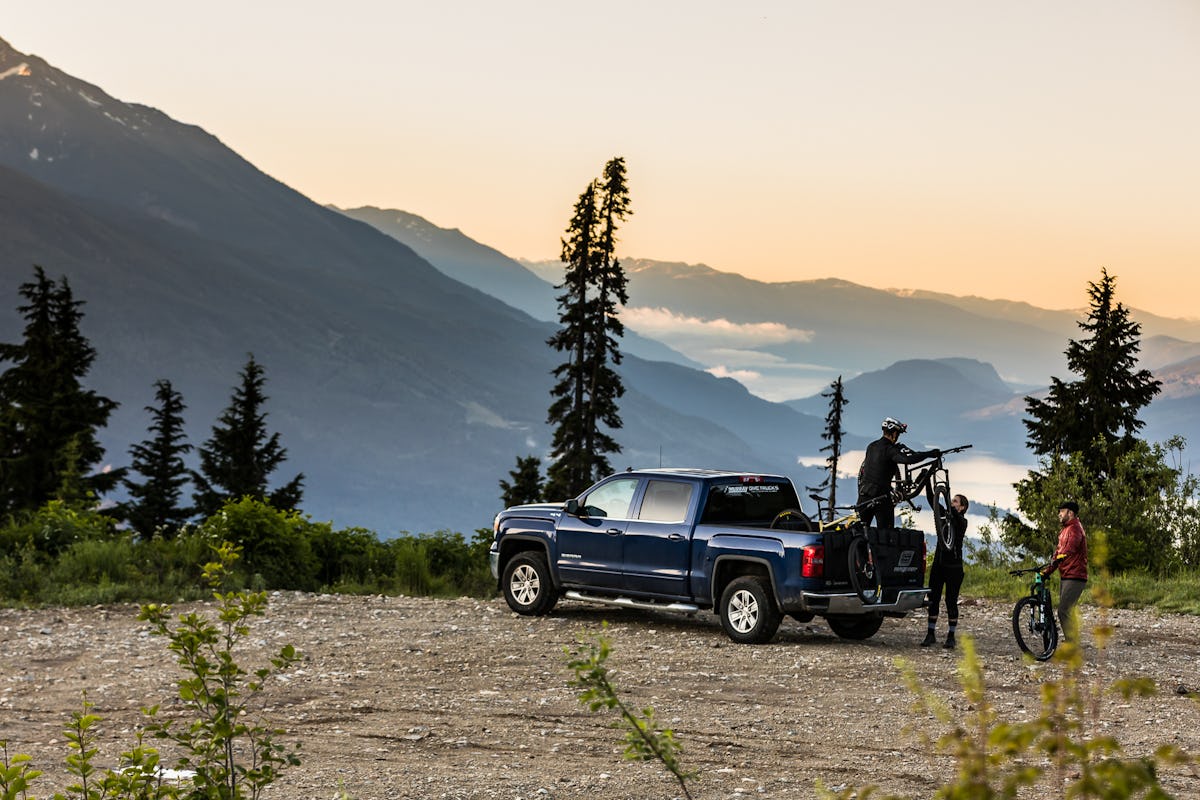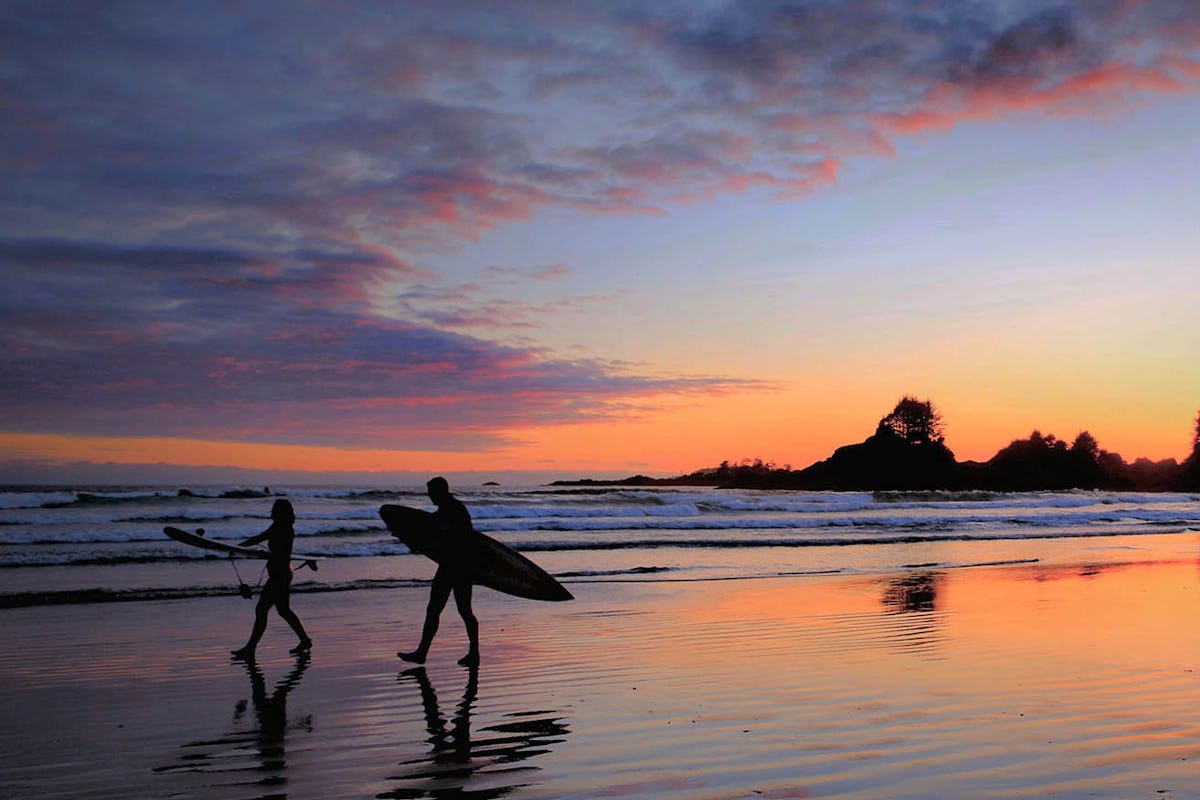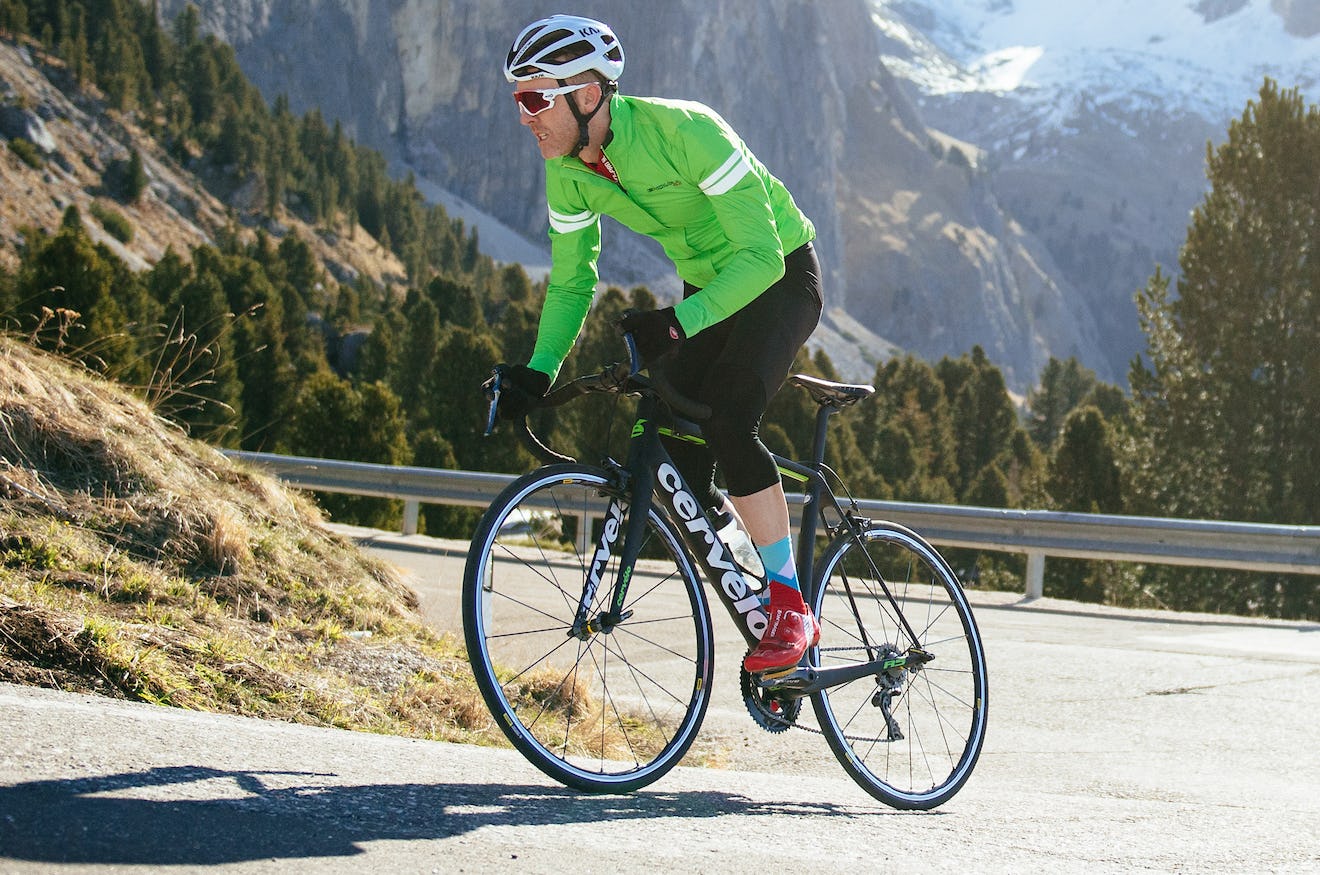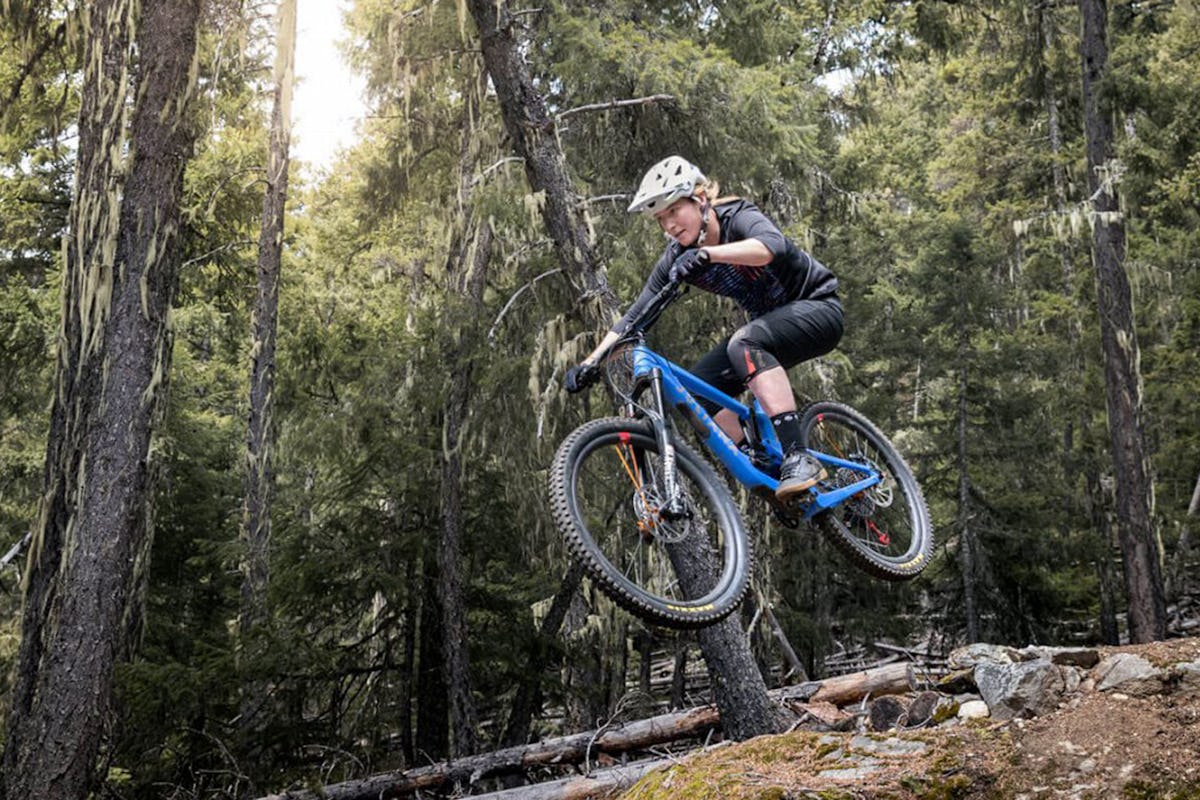Field NotesReports from the field.
Reports from the field.
![]() 2025-04-15
2025-04-15VentureWeb Is Now a Google Premier Partner
Read this![]() 2024-11-01
2024-11-01Integrating the Simpleview CRM with a Custom Open Source Website CMS
Read this![]() 2024-07-24
2024-07-24Team VW Sailing Day
Read this![]() 2024-07-08
2024-07-08Grand Tour Grand Slam
Read this![]() 2024-04-04
2024-04-04Team VW Cat Skiing
Read this![]() 2024-02-23
2024-02-23Navigating the Risks: Protecting Your Meta Business Manager Account from Hacking Threats
Read this![]() 2023-10-31
2023-10-31Changes to Meta Shop are Coming: Are You Ready?
Read this![]() 2023-10-26
2023-10-26Mountainfilm on Tour in Squamish
Read this![]() 2023-07-05
2023-07-05Introducing the Banff & Lake Louise Trip Builder
Read this![]() 2022-08-23
2022-08-23VW Sponsors Squamish Social Ride
Read this![]() 2022-08-22
2022-08-22SEO Considerations for Launching a D2C Website
Read this![]() 2019-09-12
2019-09-12Balancing Natural Beauty with a Clear Path to Conversion
Read this![]() 2018-12-17
2018-12-17A New Website for Cervélo
Read this![]() 2018-07-26
2018-07-26Juliana: A Bike That Inspires
Read this![]() 2018-01-24
2018-01-24Santa Cruz Bicycles Website Reimagined
Read this![]() 2017-11-28
2017-11-28Maximizing Website Content with a UX Revamp
Read this



